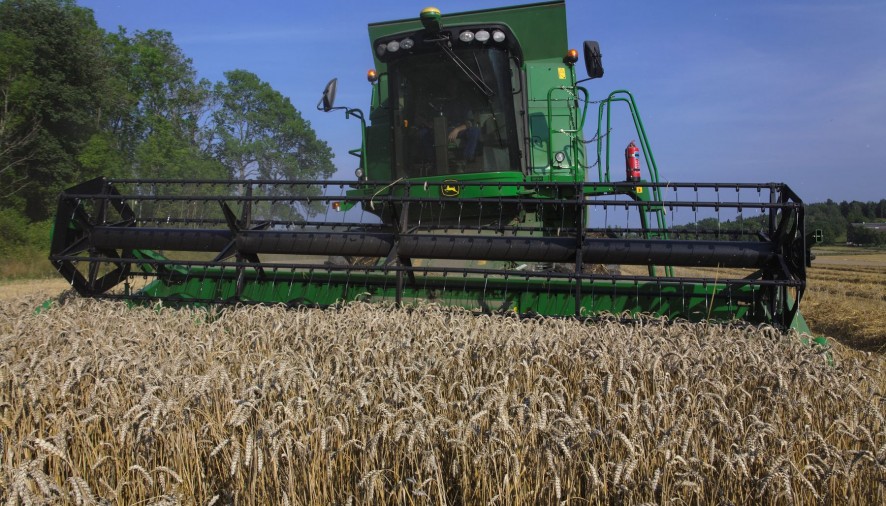Canadian poet and novelist, Brian Brett, once penned “farming is a profession of hope.” What was once a perfectly pertinent – if not overly idealistic – overview of farming, has now become very much outdated. Today, it is the profession of the rich and of royalty, especially when considering the current agricultural subsidies that are handed out.
A recent investigation into the UK’s direct recipient farms of CAP (Common Agricultural Policy) subsidies revealed that more than a fifth of the top 100 beneficiaries were owned by aristocratic families. In addition, 16 of these top 100 had owners who featured in the 2016 Sunday Times rich list; owners who last year received, in total, more than £10 million of land subsidy. CAP subsidies represent a significant proportion of the EU’s budget, however what exactly are the intended outcomes of the current agricultural subsidy system?
CAP has changed since it was first implemented in the early 60’s, moving away from its original production-orientated guise towards a more environmentally driven one. However, this has not been an easy transition, proving to be a difficult area of EU policy to reform. Today, agricultural issues relate to the lowering of prices, the guarantee of a stable income for farmers and the safeguarding of quality and safety of produced food. These must be achieved while still ensuring the health of the environment and promoting animal welfare standards. In essence, the subsidies are in place to ensure that the UK’s available land is utilised appropriately; attempting to achieve the correct balance between food production and environmental sustainability. This is not always the case.
There are several types of subsidy and grants available to farmers, a complex system made all the more difficult with constant name changes. Currently the biggest of these is the BPS (Basic Payment Scheme), formerly the Single Payment Scheme, which has been – of course – the greatest cause of controversy. Although specifically aimed at land which is used for the production of agricultural goods, such as those from growing crops or keeping cattle, owners can still receive subsidy payments even when partaking in non-agricultural activities. For example, eligible land that is used for ‘permanent sport’ can still receive payments if it totals more than 36 hectares. In fact, the more land that you own then the greater your subsidy payment.
Another key scheme in the UK, particularly where the environment is concerned, is the Rural Development Programme – originally named the Countryside Stewardship Scheme. This is seen as an intrinsic part of CAP, offering financial incentives to land owners who are environmentally conscious in their land management. This includes activities which conserve and restore wildlife habitats, create woodlands, reduce the pollution of water sources and are in keeping with the countryside’s ‘character’. The successful receipt of this subsidy is dependent upon local priority targets, those that are deemed to maximise the environmental benefit. A prime example of this is the Hedgerows and Boundaries Grant. Years of intensive farming – coupled with the innate desire to maximise agricultural land for crop production – has seen a severe loss in the UK’s countryside hedgerows. These are ecologically important, representing diverse habitats that act as corridors for numerous species. The Hedgerows and Boundaries Grant therefore offers financial recompense to farmers and land owners who actively promote their conservation and creation.
The current disparity in the UK’s agricultural subsidy system – and how the financial incentives of CAP are distributed – has caused concern with its other recipients. This includes the RSPB who recently told Greenpeace, “As a major landowner and farmer, we use the CAP funding we receive to deliver public benefits, such as managing vital habitats and providing a home for nature. The majority of the CAP though is still dominated by untargeted subsidies that provide little in return.”
Agricultural subsidies and the attempted policy reforms have proved to be a source of great controversy; however, their importance – especially to smaller farm holders – should not be doubted. These subsidies can often be the difference between a farm that’s financially viable and one that is economically doomed. Therefore, to ensure that farming is once again a profession of hope – one that is environmentally, economically and socially sustainable – the long and arduous task of reform must continue, particularly with the prospect of Brexit on the horizon.
Dougie Phillips
Science Editor
(Image courtesy of Erwin Schoonderwaldt)

